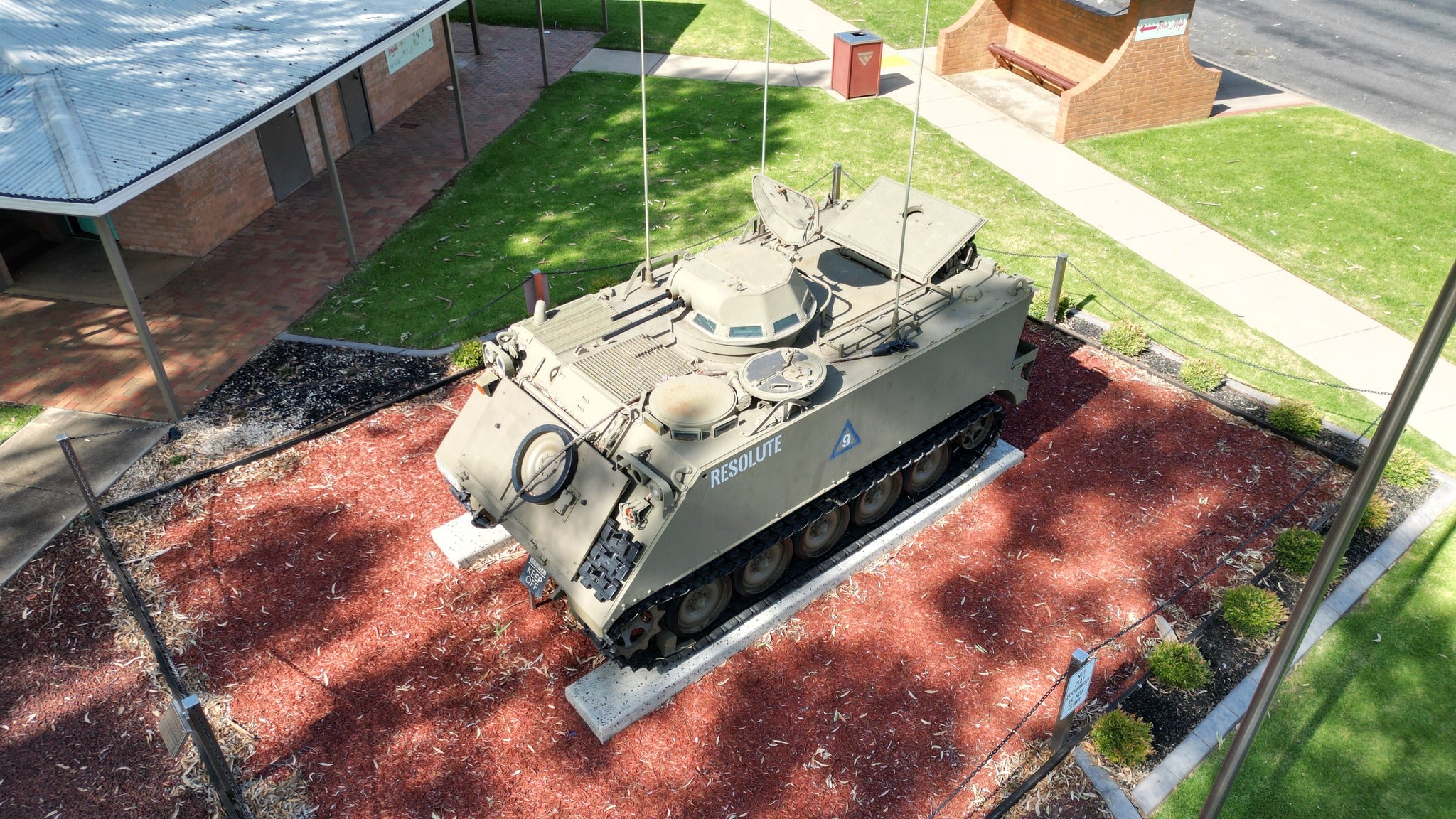
Honouring Our Heroes Tongala’s War Memorial
Tongala is home to remarkable war memorials, paying tribute to those who served in Australia’s Light Horse Regiments and Armoured Corps. These sites reflect our community’s deep respect for history, sacrifice, and service. All memorials are under the 3rd Cavalry Regiment (Vietnam) Association.

Light Horse Memorial
The Australian Light Horse Memorial, the first of three memorials constructed in 2003, serves as a poignant tribute to the legacy of the Light Horsemen. Unveiled by Mr. Maurice Watson, the last Militia Light Horseman from Tongala, the memorial honours those who served in both World War I and World War II. Maurice Watson, who served with the local Light Horse from 1938 to 1940 before continuing his service in World War II, added a deeply personal touch to the unveiling.
The design of the memorial garden is significant, taking the shape of a horseshoe. The flagpoles surrounding the garden represent the horse's shoe nails, a symbolic feature that honours the more than 100,000 horses sent overseas during World War I, many of which played an integral role in the war effort.
A powerful element of the memorial is the statue, which depicts a Light Horseman walking away from his horse, symbolising the moment when cavalrymen dismounted in World War I or left their horses behind as they transitioned into the demands of World War II. The footsteps imprinted along the path represent this transition, illustrating the shift from traditional cavalry to modern mechanized warfare. This change is marked by the introduction of the M113A1 Armoured Personnel Carrier (APC), which replaced horses as the new "horse" of the cavalry, reflecting the evolving nature of warfare.
The Australian Light Horse Memorial not only commemorates the bravery and sacrifices of the Light Horsemen but also stands as a reminder of the profound transformation in military tactics and technology, capturing a pivotal moment in history.

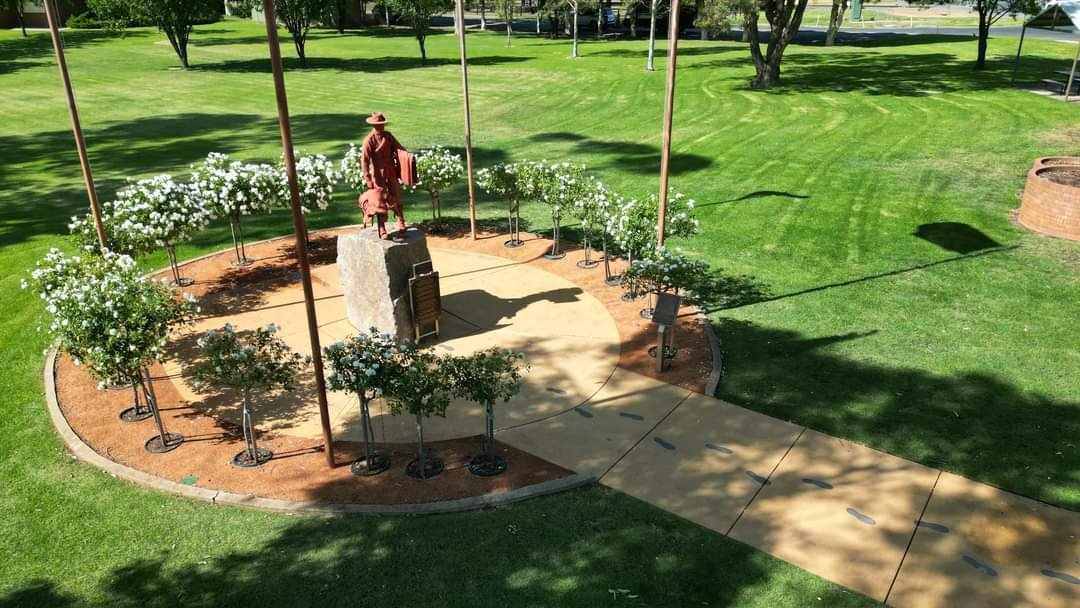

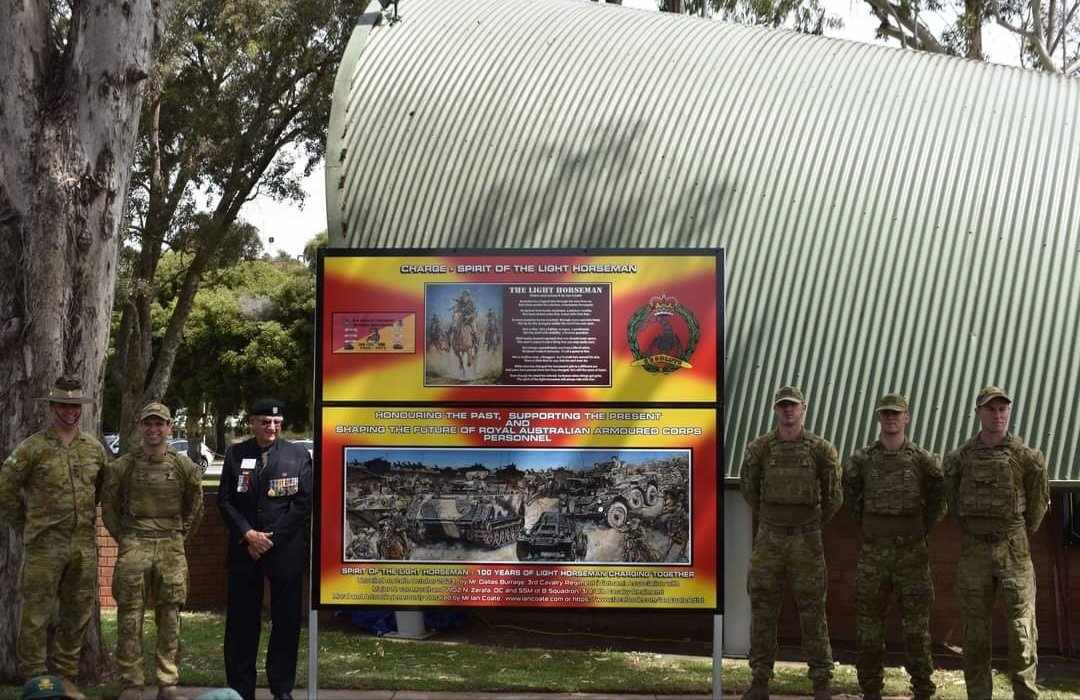

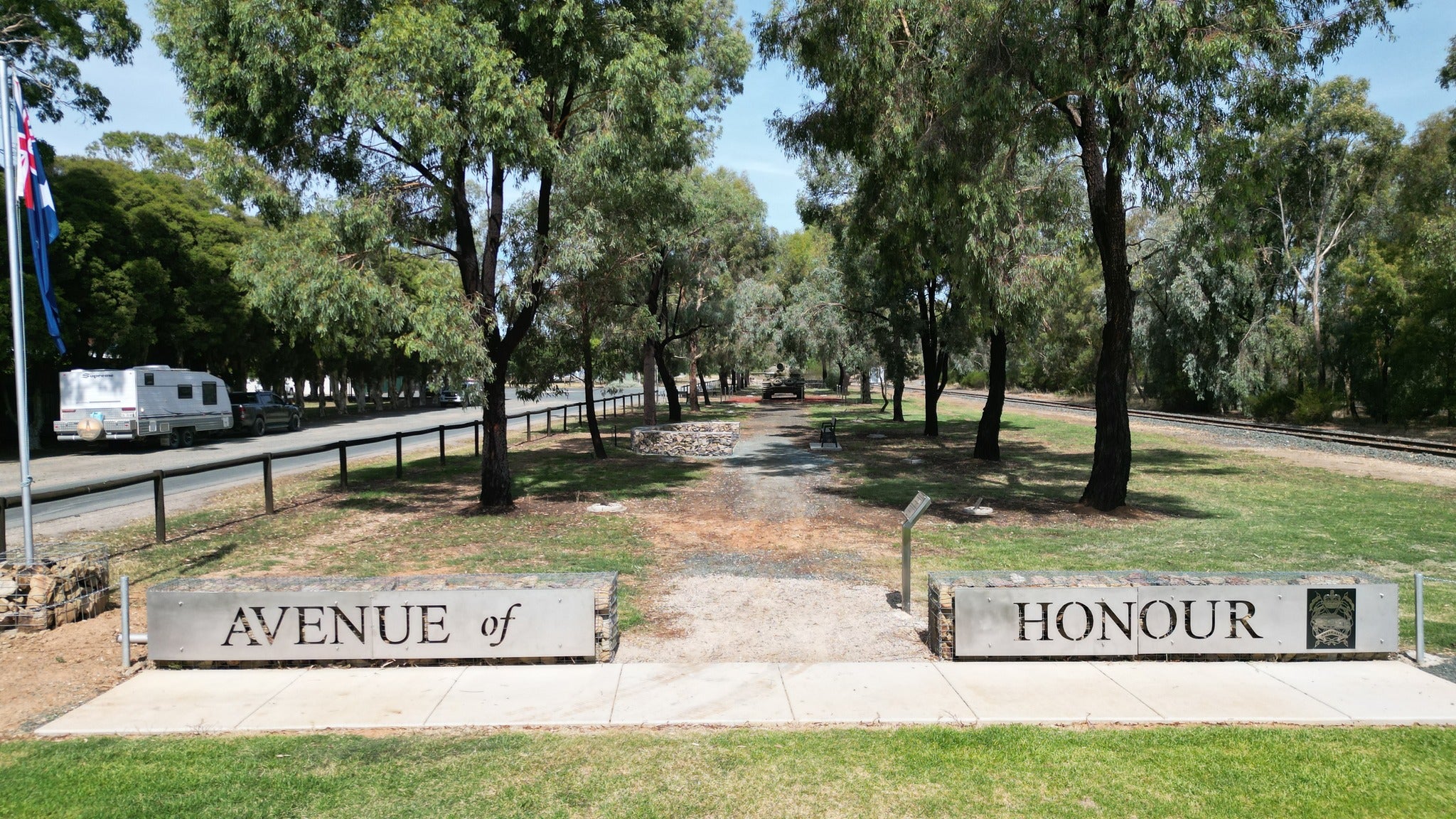
Avenue of Honour (Vietnam War)
The National Avenue of Honour dedicated to the Armoured Corps that served in the Vietnam War stands as a significant and unique landmark in Australia. Officially opened in 2004 by then-Governor-General Major General Michael Jeffery, it has become a powerful symbol of respect and remembrance for those who served during the war. In the past three years, the avenue has undergone a major redevelopment worth over $150,000, aimed at improving the space for both visitors and veterans, ensuring it remains a place of reflection and commemoration.
A key feature of the avenue is the 50-ton Centurion tank, a striking display that holds deep historical significance. This tank was generously donated by Michael Thompson of Tongala, who also played a pivotal role in establishing the Avenue of Honour in 2004. The Centurion tank serves as a central symbol of the Armoured Corps' contribution to the Vietnam War, and its presence enhances the experience of those who visit the avenue, offering a tangible connection to the past.
The ongoing redevelopment ensures that the Avenue of Honour remains a fitting tribute to the courage and sacrifice of the soldiers who served in Vietnam, while also creating a more welcoming and meaningful space for future generations to learn about and pay tribute to this important chapter in Australia's military history.

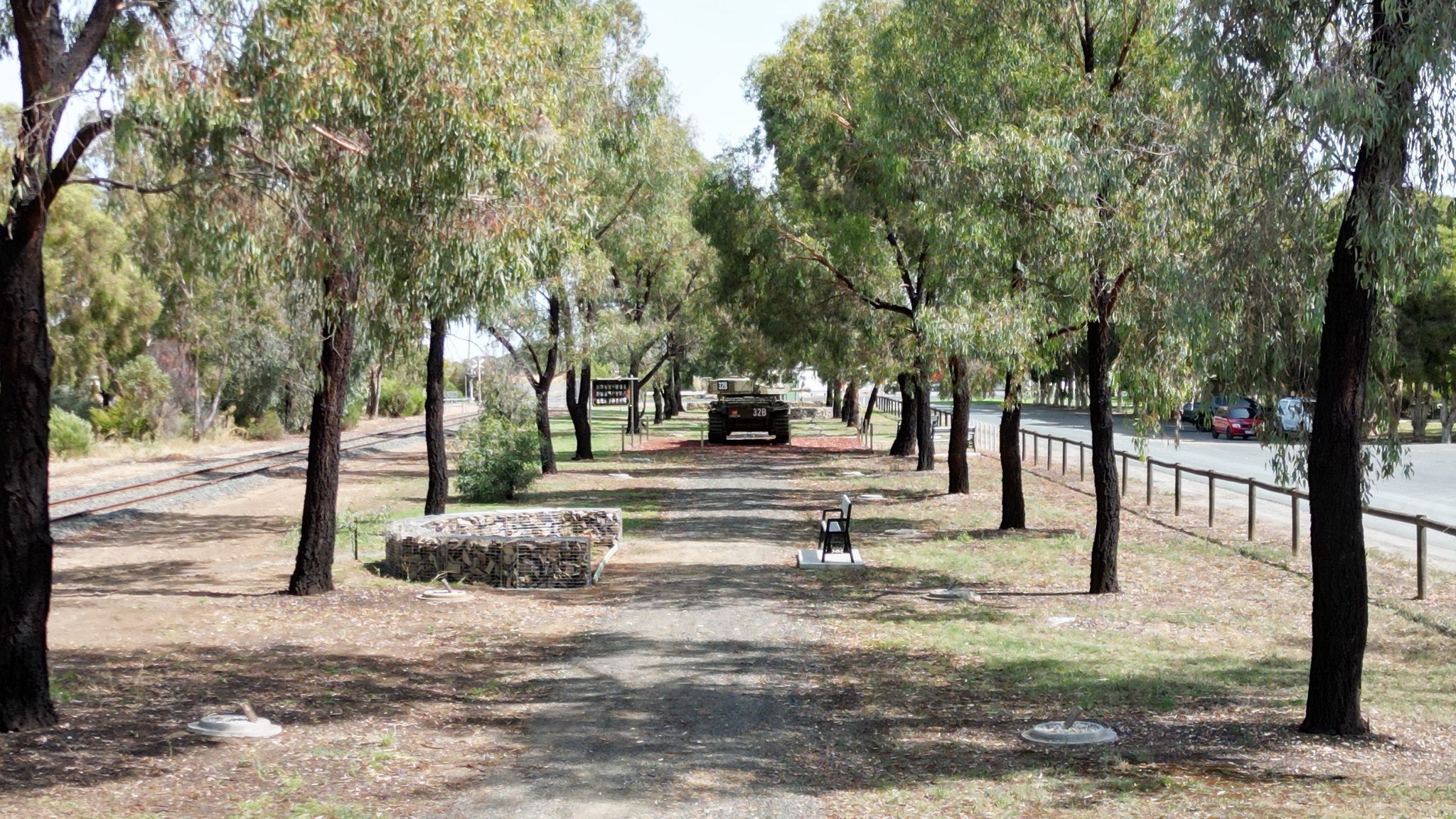
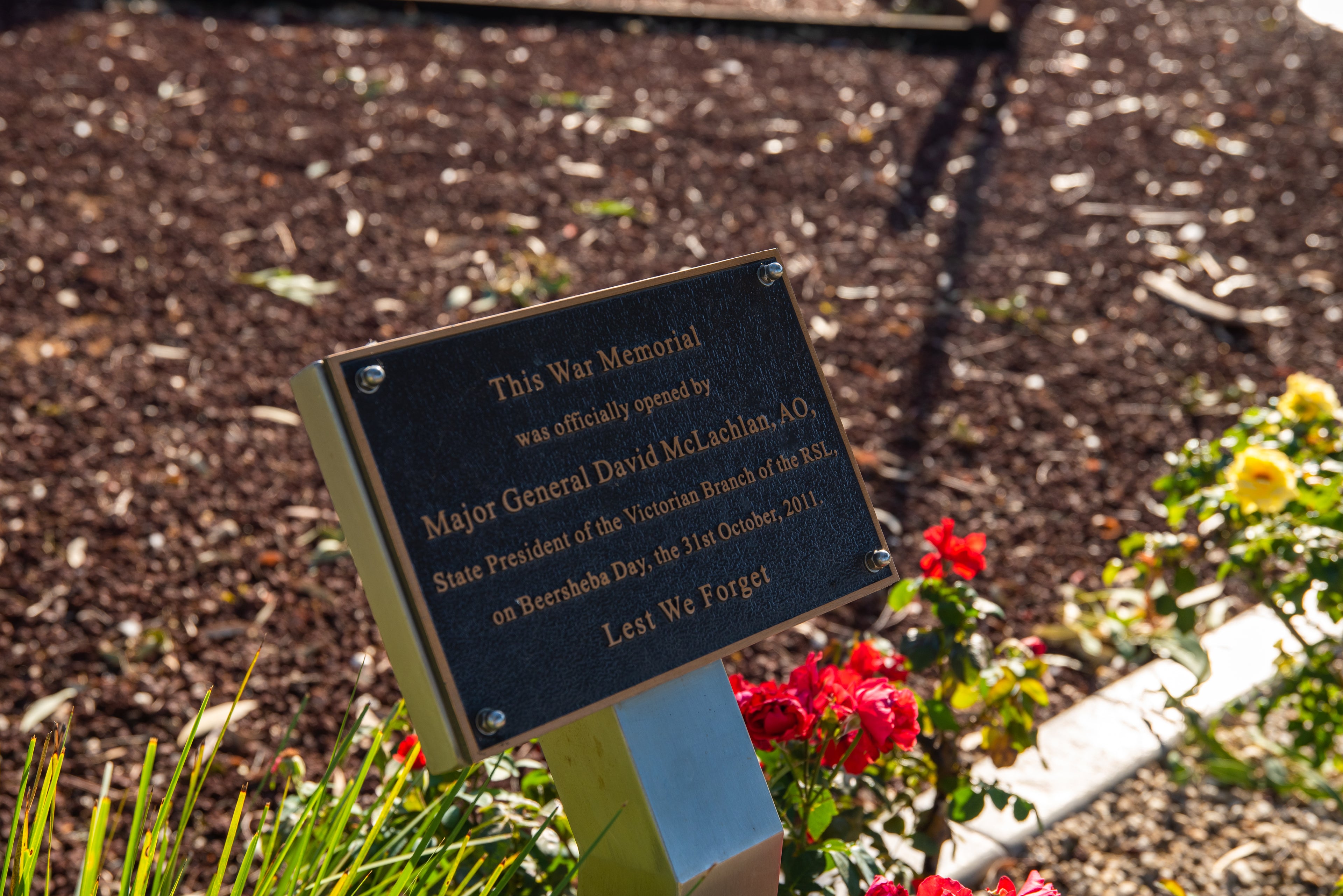

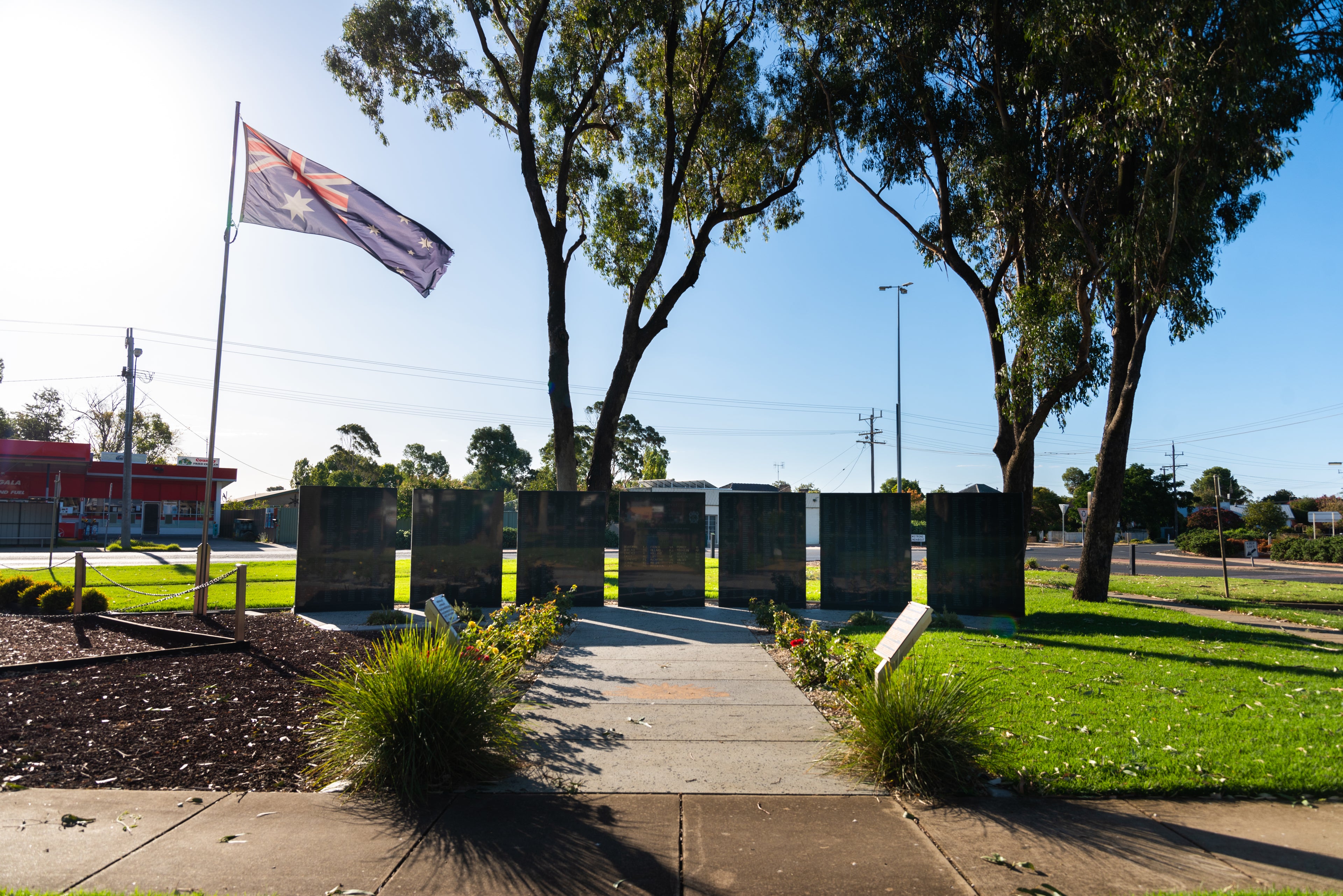
National memorial to Cavalry (Vietnam War)
The National Memorial to Cavalry in the Vietnam War is a unique and significant monument in Australia, as it stands as the only national memorial dedicated to the cavalry’s role during the Vietnam War. It honours the soldiers who served in Vietnam from 1965 to 1972, and serves as a tribute to those who were part of the cavalry, as well as other units such as the Royal Australian Electrical and Mechanical Engineers (RAEME), catering, medical personnel, and more. These individuals were attached to various regiments, from the 4/19 Prince of Wales's Light Horse to the 3rd Cavalry Regiment.
The memorial is particularly meaningful as it lists the names of all who served during this period, with over 1,000 names engraved, including that of Normie Rowe, a notable name in Australian history. His inclusion emphasises the broad reach and diverse contributions of those involved in the conflict.
A key feature of the memorial is the presence of an M113A1 Armoured Personnel Carrier (APC), which was widely used during the Vietnam War. The M113A1 stands next to the memorial, symbolising the mechanised cavalry and the technological advancements that shaped the nature of warfare during that time. Its inclusion is a testament to the enduring legacy of those who served and the evolution of the cavalry from horse-mounted troops to modern armoured vehicles.
This memorial not only commemorates the individuals who served in the Vietnam War but also serves as an enduring symbol of the transition in military tactics and technology, making it a significant point of remembrance for all who visit.



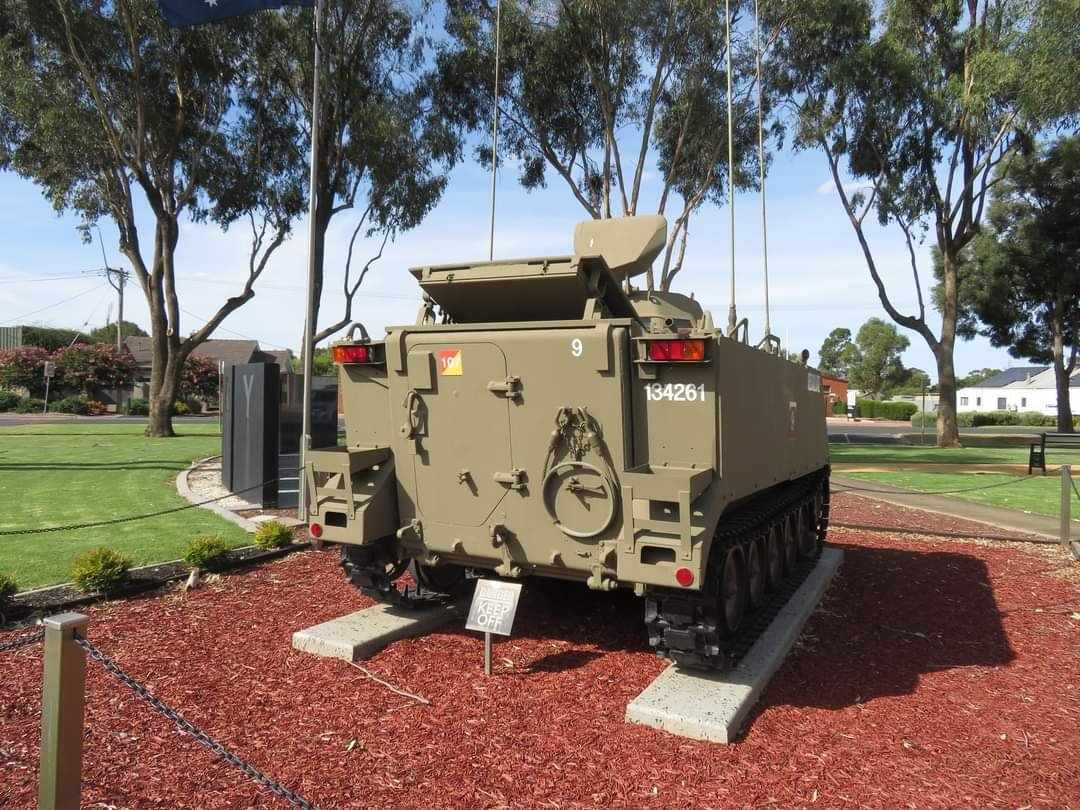
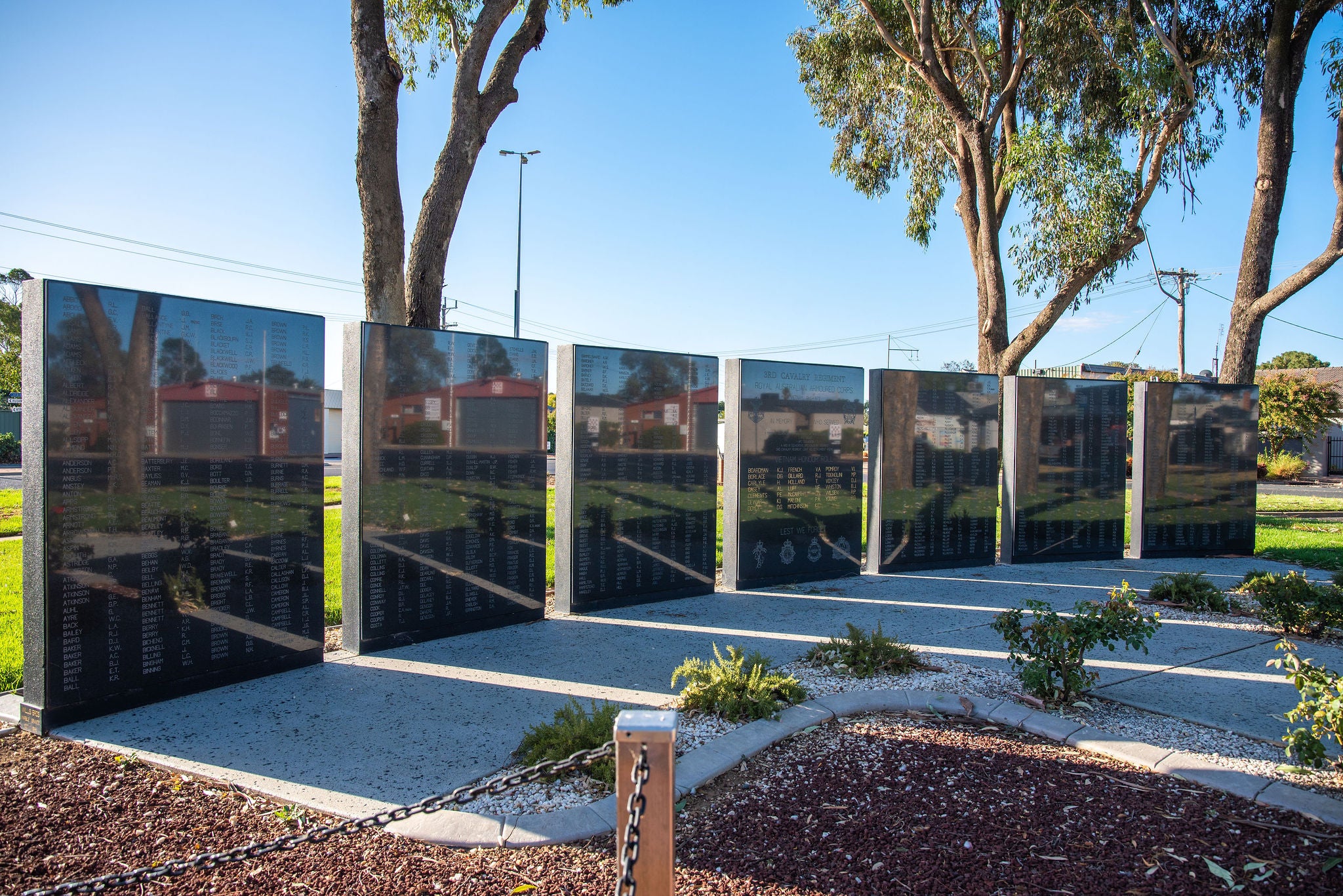
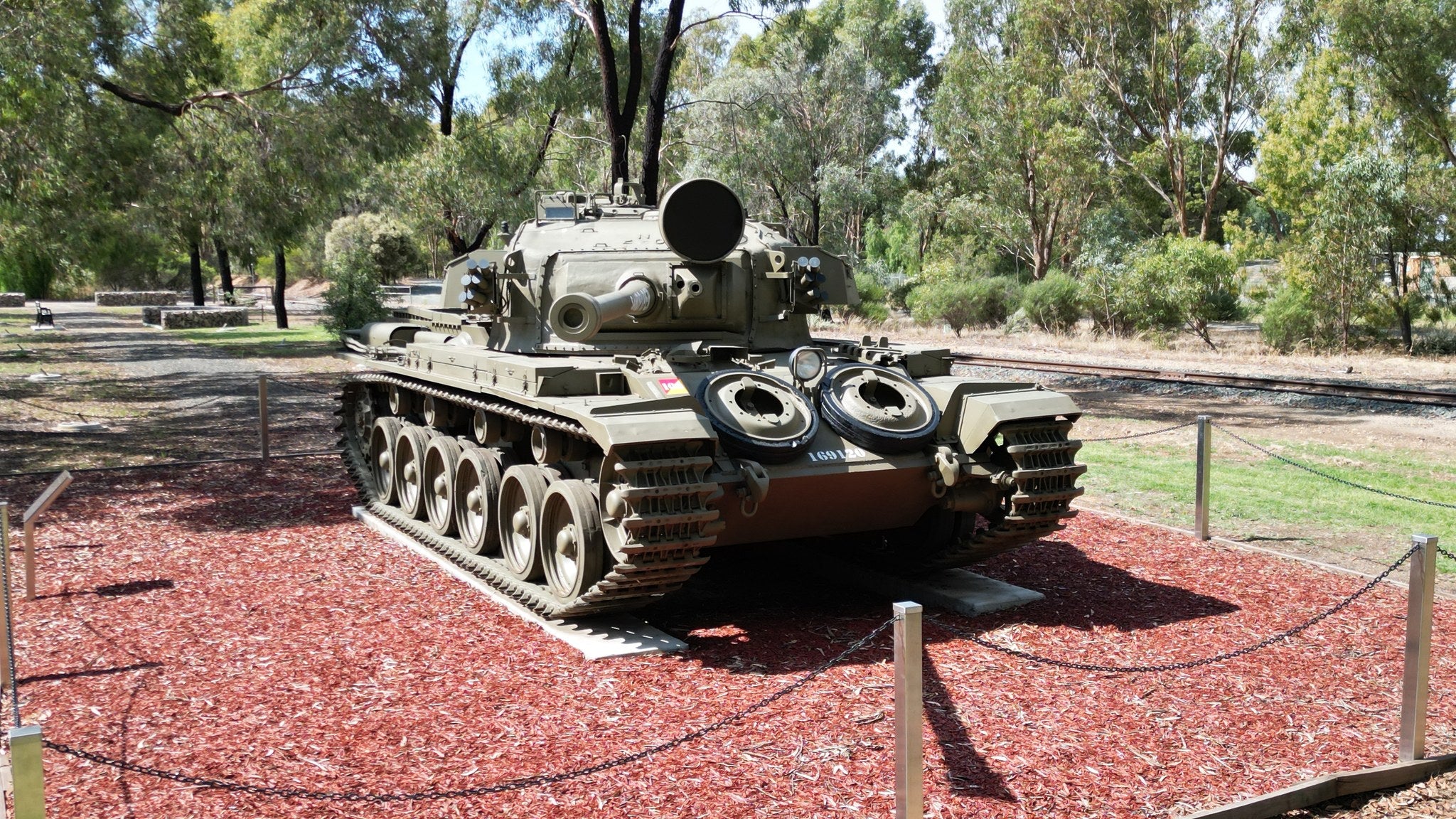
The Next Memorial
In 2025, a new and significant chapter will begin as the next project takes shape in Tongala—a National Memorial dedicated to the Royal Australian Armoured Corps (RAAC) veterans who served from Somalia to Afghanistan. As Vietnam veterans, unfortunately, pass on, this new memorial will serve as a lasting tribute to the generations that followed and played a crucial role in modern conflicts. This ambitious project, slated for a four-year timeline and with a budget exceeding $2 million, will stand as a testament to the enduring legacy of the Armoured Corps.
The memorial will not only honour those who served in Somalia, Iraq, and Afghanistan but will also link all previous memorials, creating a cohesive narrative that spans over a century of cavalry history. The project will seamlessly connect the Australian Light Horse Memorial, the National Avenue of Honour, and the National Memorial to Cavalry in the Vietnam War. It will become the only place in Australia to commemorate 100 years of Light Horse history, from the early days of mounted cavalry through to the modern-day cavalry, marking the transition from horse-mounted soldiers to armoured vehicles.
This new national memorial will celebrate the evolution of the Armoured Corps, honouring their contributions in conflicts from World War I to present-day operations, while also preserving the memory of those who served with distinction in each era. The memorial will provide a central point of reflection, education, and commemoration for veterans, their families, and the wider Australian public, ensuring that the legacy of the Royal Australian Armoured Corps continues to be remembered for generations to come.
For more information regarding the war memorials - 3rd Cavalry Regiment (Vietnam) Association.
3rd Cavalry Regiment (Vietnam) Association
Information
Contact - Michael Thompson
Honorary Life Member/ Memorial Coordinator
Email: armouredmemorialtongala@hotmail.com
Mobile: 0407 350 956